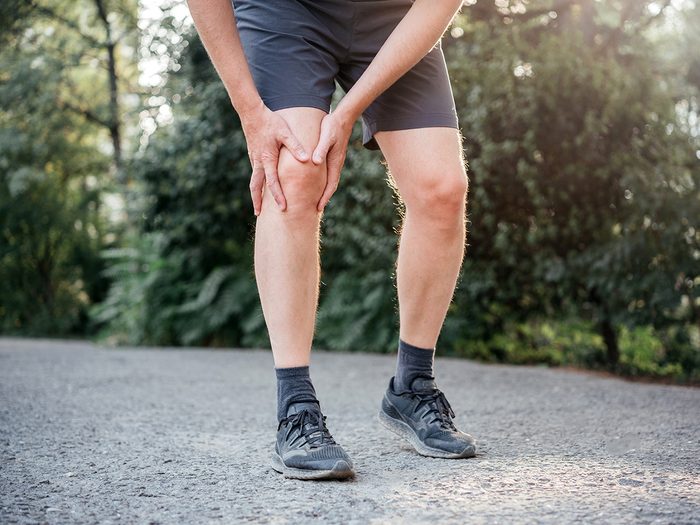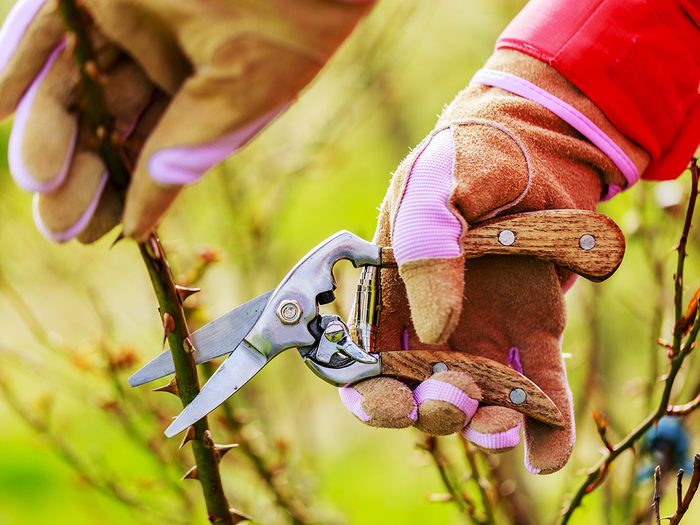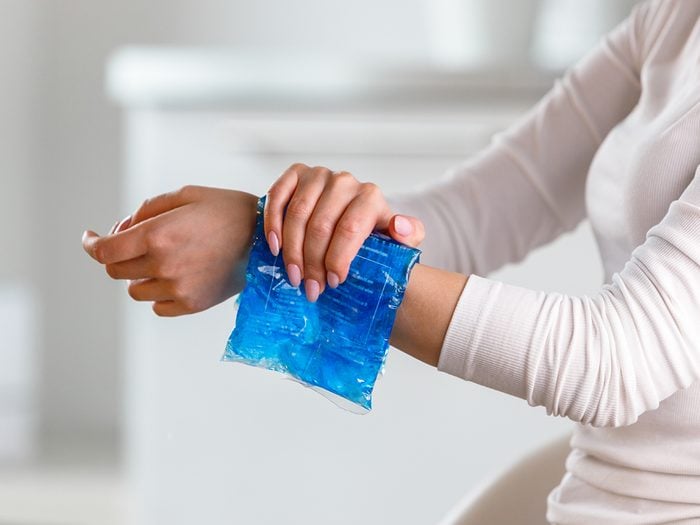
What is tendinopathy?
If the human body were a marionette, the tendons would be its strings. These cord-like structures connect your muscles to your bones, letting you move your body when your muscles contract. In popular parlance, painful tendons are called tendinitis (which is defined as the inflammation of a tendon). However, the most common tendon problem isn’t just caused by inflammation. It’s an overuse injury that involves tissue degeneration and swelling related to water retention, so the preferred clinical term for it is tendinopathy.

How does tendinopathy differ from bursitis?
Near the tendons are your bursae, cushiony, fluid-filled sacs that allow for smooth gliding in the spots where your tendons and other moving parts would otherwise rub against your bones. When a bursa gets inflamed, a condition known as bursitis, it can feel similar to tendinopathy, with localized pain and swelling. Tendon troubles usually cause pain only during movement, where bursitis might hurt even at rest.
Don’t miss these expert tips for managing everyday aches and pains.

Causes of tendinopathy and bursitis
Anyone can suffer from these health conditions, but the risk increases with age. The main cause for both bursitis and tendinopathy is repetitive stress. They could be triggered by poor postural habits, shovelling for hours or clenching your hands around the steering wheel while driving. People who repeat the same movements constantly—musicians, gardeners, golfers—are more at risk. If a job or hobby is contributing to the problem, an occupational therapist could suggest adjustments to your tools, workspace or body positioning.
Commonly affected areas include the shoulders, wrists, ankles and knees. Unlike arthritis, tendinopathy and bursitis can usually improve.
Here’s advice on how to prevent knee problems at any age.

Treatments for tendinopathy and bursitis
To speed up the healing process, you should “reduce activity in the affected area to a level that does not overly irritate the tendon,” says Dr. Seth O’Neill, a physiotherapist affiliated with the Chartered Society of Physiotherapy in the U.K. “However, total rest isn’t ideal because tendons, like muscles, waste when you rest them too much.”
A good rule of thumb: if a particular movement provokes prolonged pain and swelling, cut back on it until the flare-up is tolerable. You can also ice the area regularly for the first few days and take anti-inflammatories such as Aspirin or ibuprofen. If your pain doesn’t subside after a month or so, see a doctor. Longer-lasting tendinopathy or bursitis may call for physical therapy, physical supports (a cane, brace or splint) or, in severe cases, surgery.
Now that you know the difference between tendinopathy and bursitis, find out 20 symptoms you should never ignore.